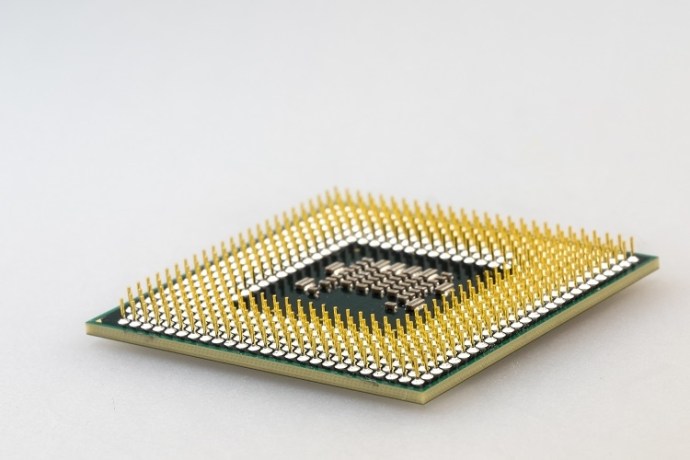With our ever-rising gaming and streaming needs, a lot of us battle with the limitations of slow hardware. Fortunately for us, Hyperthreading is available to help in such annoying situations as it helps to boost the speed of your CPU, even if it has its own disadvantages too.
Sadly, reports have said that hyperthreading on Intel CPU can actually make your system vulnerable to hacks, even if Intel has said the rumors are false. However, regardless of security problems, it is wise to deactivate this feature if you wish to avoid straining from your CPU. See How To Disable Hyperthreading On Your Computer:
How Can I Disable Hyperthreading On Your Computer?
Everything starts from the BIOS. Even if Windows 10 lets you do so from the system, the process is less complicated if you turn off the PC, turn it back on, and press specific keys, depending on the system you use.
For instance, Dell computers use F2 or F12, while HP uses F10. On some other models, you just have to press the Delete key on boot up.

You Might Also Want To Read: How To Find Your WiFi Password On Your Windows 10 Computer
As soon as you are within the BIOS, just navigate to the right host for the given system. This could sound complicated, but a menu or configuration tab will be available to break down your work. The label you are searching for is “Processor” and it could be found in one of the sub-menus. Just make sure “Processor” is found and then tap “Enter” to access the settings.
After accessing the Processor menu, choose “Properties.” In several cases, a dialogue box will be visible, letting you disable hyperthreading. After disabling the feature, head to “Exit” and choose “Exit Saving Changes.” The name or layout might be different on your PC.
Be aware that this applies to Intel processors, and AMD ones might use slightly different labels. For example, you head to a “Logical Processor” rather than only a “Processor.”
How Does Hyperthreading Speed Up Your System?
Hyperthreading helps speed up your system by simply creating room for your data to travel. As soon as the feature is activated, you let the data move along 2 tracks rather than one. The data gets separated and then processed by the computing depot, aiding your PC to run quicker.
With no hyperthreading, your processor gets one program per core at a time. Hyperthreading simply aids several programs per CPU, allowing you to simply turn every core into 2 processors. The system that provides this is named “parallel computing” or “superscalar architecture,” and this means that your PC will be able to cope with various instructions from several threads (or tracks).

You Might Also Want To Read: How To Download & Use Kik On Your Windows 10 Computer
That is that.

